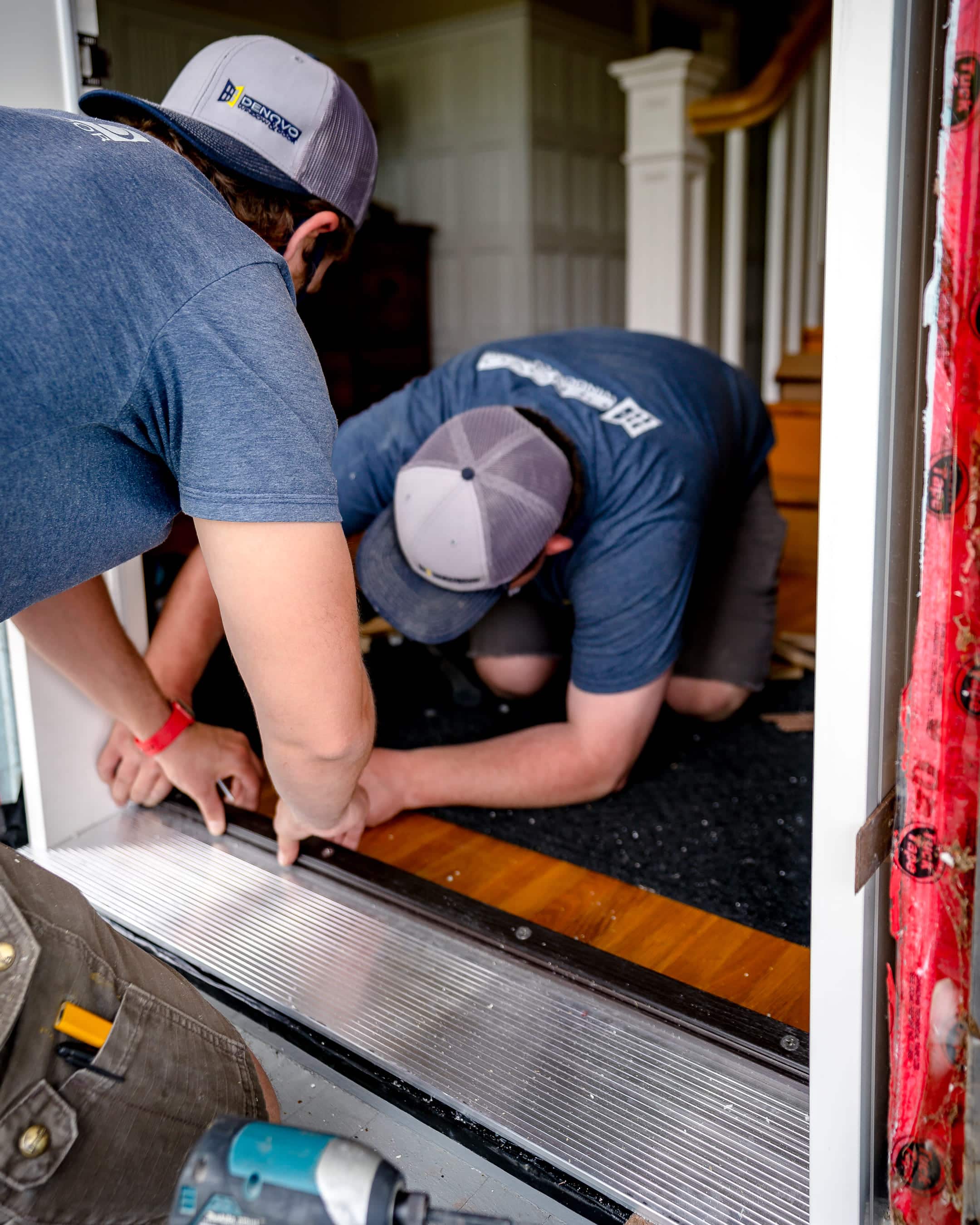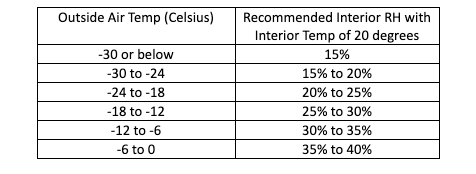I have brand new windows; why is there condensation on the glass? Some of my windows even have frost and ice!
Does this sound like you? Believe it or not, your new windows aren’t the problem; they show the symptoms of a different issue. Your home is having trouble “breathing.” Over the past several years, there has been a push to seal up our homes as much as possible to achieve greater energy efficiency. We use products like spray foams and sealants to make our homes more and more airtight––all in the name of energy efficiency. Sealing up a home for efficiency can have unintended consequences. By making our homes more airtight, you are restricting your home’s ability to exchange stale, humid inside air with fresh, outside air. The simple acts associated with day-to-day living create humidity inside your home; cooking, showering, even breathing will create about a cup of water vapour per person every day! An average family of four can produce up to 15 litres of water in 24 hours. All that water needs to go somewhere.
In the Prairies, our homes need to breathe to balance the cold air outside and the warm air inside.
.
If our homes lose the ability to breathe, and there is no way to balance out the air pressure between the inside and outside, our homes will literally suck––suck air, that is. Without an air exchange system, your home will have negative air pressure, and it will “suck” air in through the new paths of least resistance. This can be around doorknobs or the interface where window glass meets the window’s frame, making the temperature on those surfaces lower than other surfaces in your home. Warm moist air drops down when it gets close to a cool surface and when the temperature reaches its dew point, moisture will occur. Often homeowners will say, “My 30-year-old windows never did this; why are my new windows doing it?” The answer is simple; the old windows were your air exchange system! The exchange of air was happening right at the leaky old window! The new windows have been sealed with spray foam and sealants around the frame and have removed the ability for the house to exchange air at that window.


By analogy, consider the windshield in your car. If your windshield is frosted, you need the car heater to blow warm air across the inside surface of the glass for the frost to dissipate. BUT…it is vitally important that the air used is pulled in from outside the vehicle. If your car defrost is on the recirculation setting, you will just be recirculating the warm, humid air you are breathing inside your vehicle, and the frost will never disappear. In this case, you take steps to deal with the humidity inside the car and the frost that results. If you take the vehicle back to the dealer and tell them there is a problem, they won’t give you a new car; they will show you how to use the defrost feature properly. Your home is the same. You can take steps to manage the new environment created by new windows that have been installed and sealed up with spray foam insulation and sealants.
So, how do we fix this and “defrost” our homes? The proper answer is to install an air exchange system in the home (also commonly referred to as a Heat Recovery Ventilation (HRV) unit). If you already have an air exchange in your home, make sure it functions and that you use it correctly.

Before you rush to install an expensive Heat Recovery Ventilation (HRV) unit, here are some inexpensive things that you can try:
- Take interior screens off the opening windows during cold winter months to promote better airflow across the surface of the glass.
- Raise your blinds at least an inch or two. Allowing airflow from the heat registers to move across the glass will help get rid of excessive moisture.
- If you have an exterior-vented fan in the home, usually in the kitchen or bathroom, use it! This is especially important during/after showering, cooking––which causes excessive humidity.
- Run a fan in the rooms where condensation is prevalent to circulate air in the room.
- Run your ceiling fans on the winter setting. Clockwise rotation on a low setting will draw the cold air up and push warm air down.
- Use a dehumidifier to manage the Relative Humidity (RH) levels in the home. To determine the RH levels in your home, you can purchase an inexpensive Hygrometer at most hardware stores.
As the temperature drops outside, the RH level in your home should also drop. Here is what window manufacturers recommend:

My friends just got new windows––why don’t their windows have any condensation or frost on them?
We hear this all the time, and it’s a valid question. The answer is that all homes present a different environment with different relative humidity levels. Even different rooms within the same house can show diverse environments and relative humidity levels. One home could have an HRV system; the other may not. One home could be completely wrapped with a house wrap product such as Tyvek building wrap, while another may not. One homeowner may turn on the bathroom fan while showering; another may not. The list goes on and on.
At the end of the day, the best solution is to install a properly functioning and properly designed HRV system for your home. This will give your home the lungs it needs to breathe!

